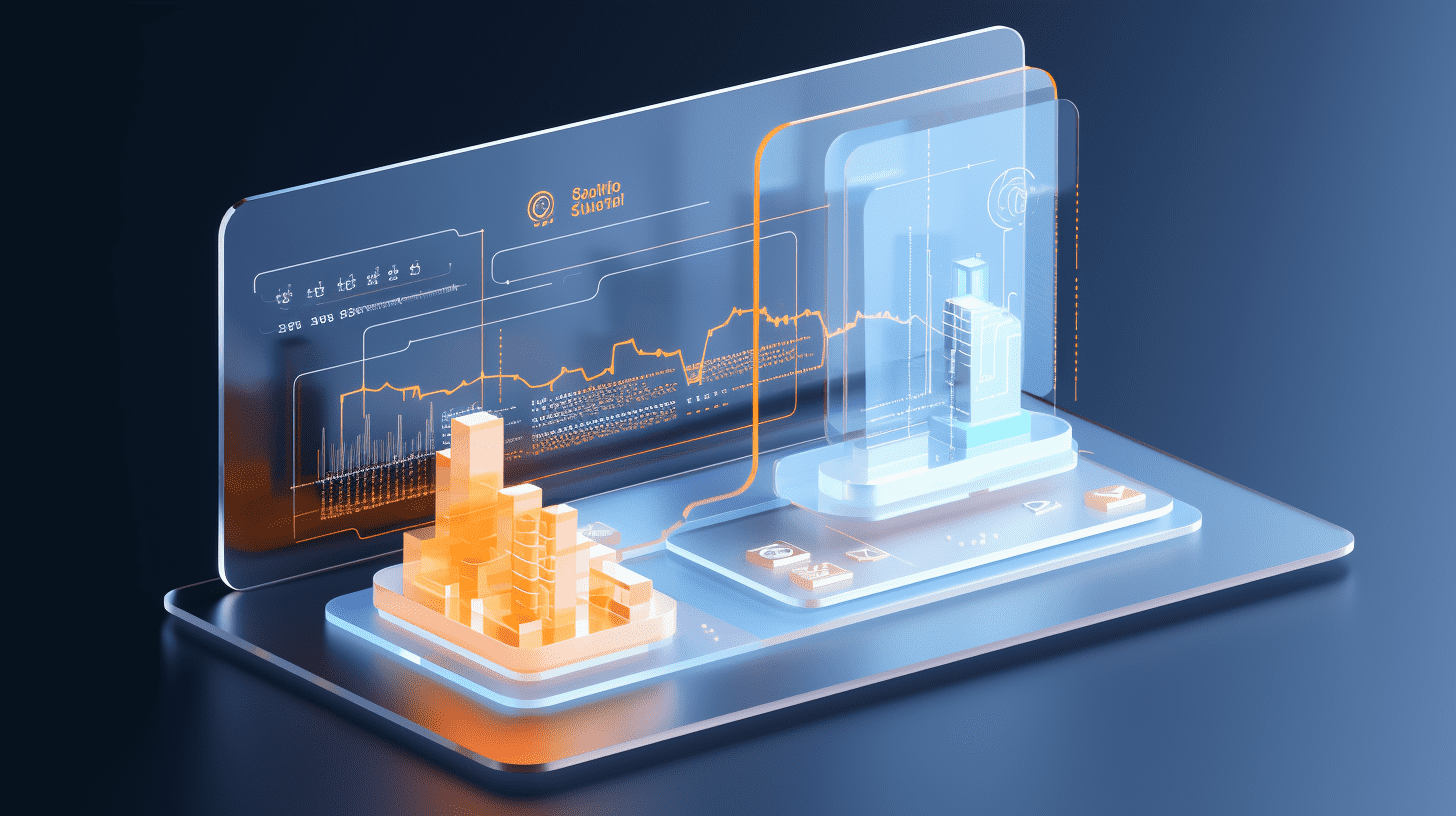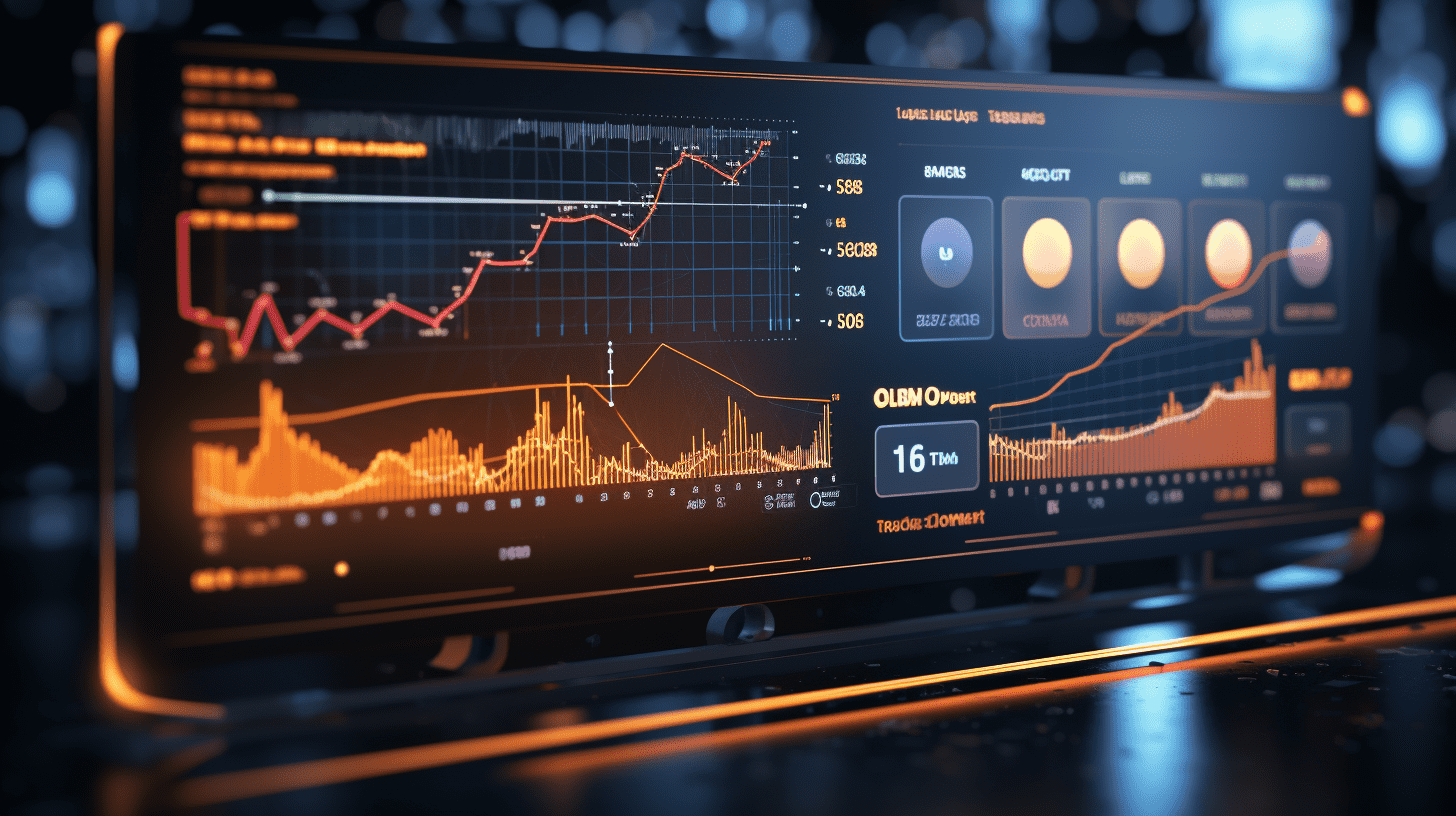Morgan Stanley: The story of the decline in US inflation is coming to an end, and the market needs to adjust to "higher and longer" interest rates.
The core CPI in the United States rose by 0.35% in August compared to the previous month, equivalent to an annual rate of 3.12%, marking the third consecutive month of increase.
In its latest report on the outlook for inflation in the United States, Morgan Stanley firmly believes that the rebound in core CPI is not a flash in the pan, but is forming a trajectory of continuous increase. The research team expects that core CPI will rise by 0.35% in August, equivalent to an annual rate of 3.12%, marking the third consecutive month of increase; overall CPI, driven by the restart of the energy sub-index seasonally adjusted positive growth and a slight acceleration in food prices, will rise to 0.38% month-on-month, with an annual rate of 2.92%, NSA index corresponding to 324.001.
Compared to the rebound starting in June, the biggest feature of this round of pulse is "goods leading, services temporary pause", with core goods inflation continuing to expand under the dual effect of tariff transmission and manufacturers' repricing, while core services, after a premature jump in some projects in July, will see a moderate pullback this month.
The report warns that price increases on the goods side have been fully confirmed by soft indicators: the August ISM price index and the Markit manufacturing output price index are still above 60, with the output price index consistently hovering at a historical peak outside the epidemic period since June. Historical experience shows that if the index's three-month average is above 60, core good PCE month-on-month readings are likely to be positive growth; if it surpasses 70, the increase is likely to be further magnified.
The model shows that tariff-related costs have contributed about 20 basis points to core inflation so far this year, and if August data meets expectations, the cumulative contribution will rise to 30 basis points, close to half of the total impact assumed by the team to maintain the current tariff rate. Specifically, clothing, except shoes, still lacks pricing power, new car prices have only slightly increased, but prices for "other goods" such as home appliances, electronics, and furniture, as well as used cars, have increased significantly, enough to expand core goods month-on-month from 0.21% in July to 0.51%.
On the services side, rental inflation continues to run along the slow downward channel below 0.3%: owner's equivalent rent (OER) and primary residence rent recorded 0.29% and 0.27%, respectively, consistent with the continued softness indicated by market rental indices before the fourth quarter; hotel prices are still lower than in the first quarter, improving slightly month-on-month but still negative. Core services (excluding housing) surged to 0.48% in July due to unusual jumps in medical care and airfare prices, and is expected to fall to 0.32% in August.
In July, dental services saw a record increase of 2.58%, which the team believes is due to statistical noise, and will see a significant pullback this month, driving overall medical service inflation down from 0.79% to 0.30%; although airfare prices continue to rise, the momentum has slowed since last month's peak; car insurance is expected to rebound to around 0.5% after two consecutive months of weakness. Overall, core services still have stickiness, but there are signs of a temporary pulse peak in the short term.
Energy sub-items have turned positive on a seasonally adjusted basis, and food prices have rebounded slightly from their low point in July, but are still far below the extreme readings in the first quarter, so while overall CPI is higher than core CPI, there is no sign of widespread overheating.
The model shows that if core CPI in August finally settles at 0.35%, the corresponding core PCE month-on-month will reach 0.34%, higher than July's 0.27%, with financial services PCE benefiting from strong returns in the U.S. stock market in June and July and medical care and airfare prices falling. It is worth mentioning that the PPI will be released one day before the CPI this month, allowing the market to nearly complete the puzzle of August PCE, significantly increasing data transparency.
On the risk front, Morgan Stanley points out that as the forecast value happens to be at the "rounding off critical point" of 0.35%, if the increase in goods prices falls slightly short, the unrounded result may slide to 0.30%, making a downward bias more likely mathematically. However, from a trend perspective, as long as soft indicators continue to hover at high levels, the rise in goods prices will shift from being "one-time" to "sustained", while the potential for price pullbacks in services is limited, and the bottom of core inflation has been raised.
For the market that is eagerly seeking an answer to "how much rate cut", this report is no different from throwing a bucket of cold water: the story of falling inflation has temporarily ended in the summer of 2025; next, investors need to mentally prepare for a "higher and longer" interest rate environment.
Related Articles

Japanese Liberal Democratic Party lawmaker Taro Kono: The Bank of Japan should raise interest rates to stabilize the yen and control inflation.

The pressure of American tariffs is enormous, prompting Quebec aluminum exporters to find alternative routes through Europe.

Investment-grade corporate financing is highly sought after, and the European convertible bond market is showing renewed vitality.
Japanese Liberal Democratic Party lawmaker Taro Kono: The Bank of Japan should raise interest rates to stabilize the yen and control inflation.

The pressure of American tariffs is enormous, prompting Quebec aluminum exporters to find alternative routes through Europe.

Investment-grade corporate financing is highly sought after, and the European convertible bond market is showing renewed vitality.

RECOMMEND

Ishiba Shigeru’s Resignation Sparks Yen and Bond Sell-Off; Bank of Japan May Reconsider Rate Path
08/09/2025

Trump Revises Global Tariff Framework, Exempts Gold, Tungsten, Uranium and Other Critical Commodities
08/09/2025

After Nonfarm Payrolls, CPI Awaits: Will the Macro Data Maelstrom Continue to Rattle Wall Street?
08/09/2025


